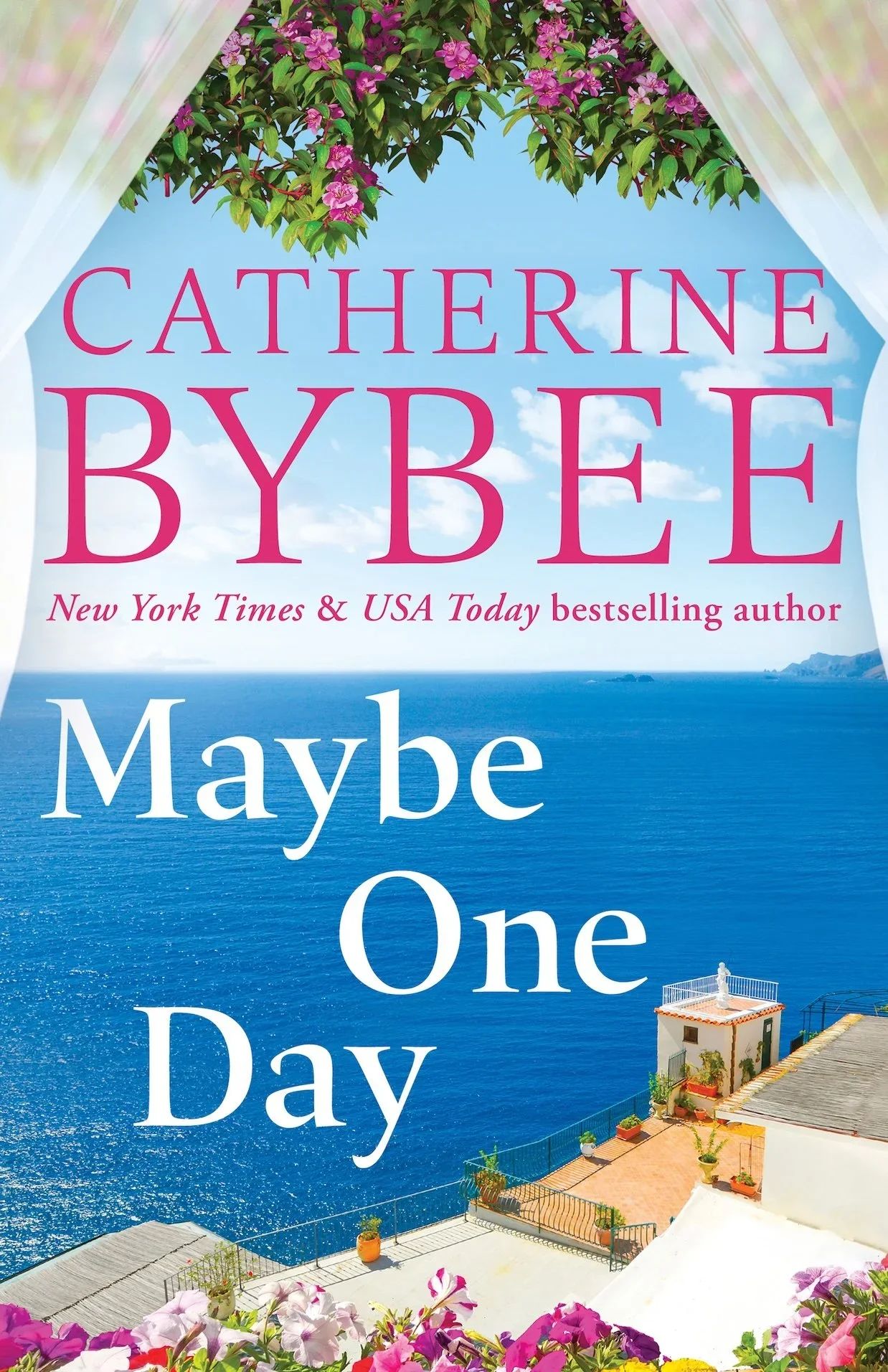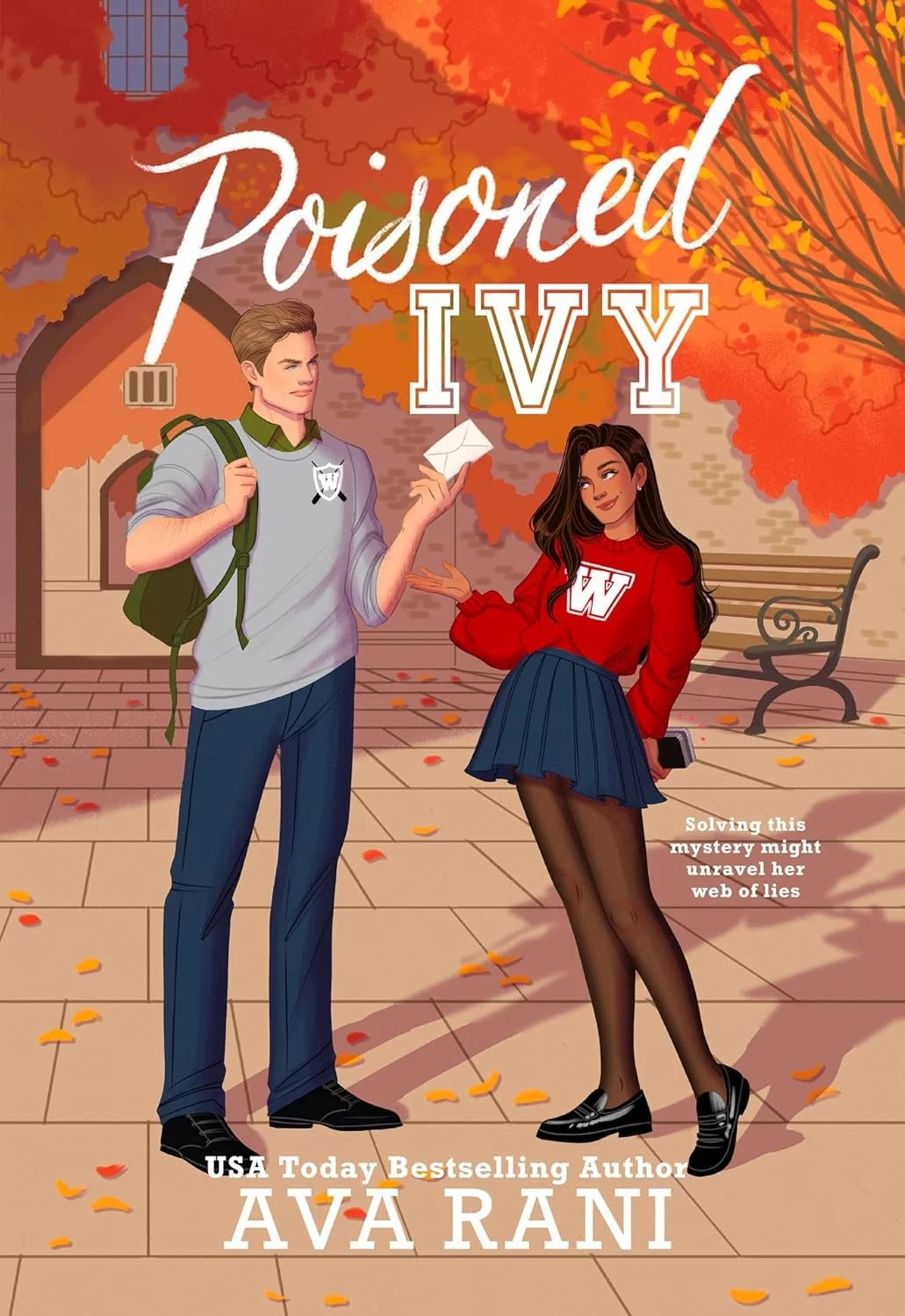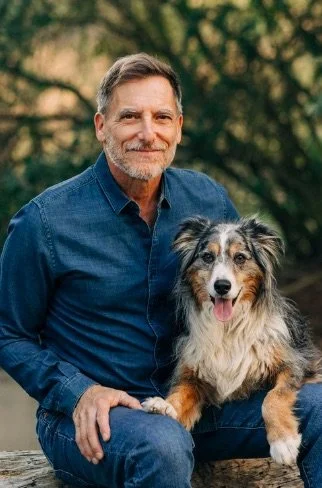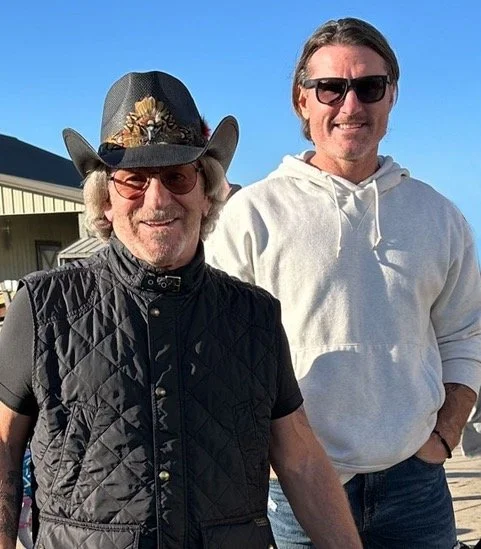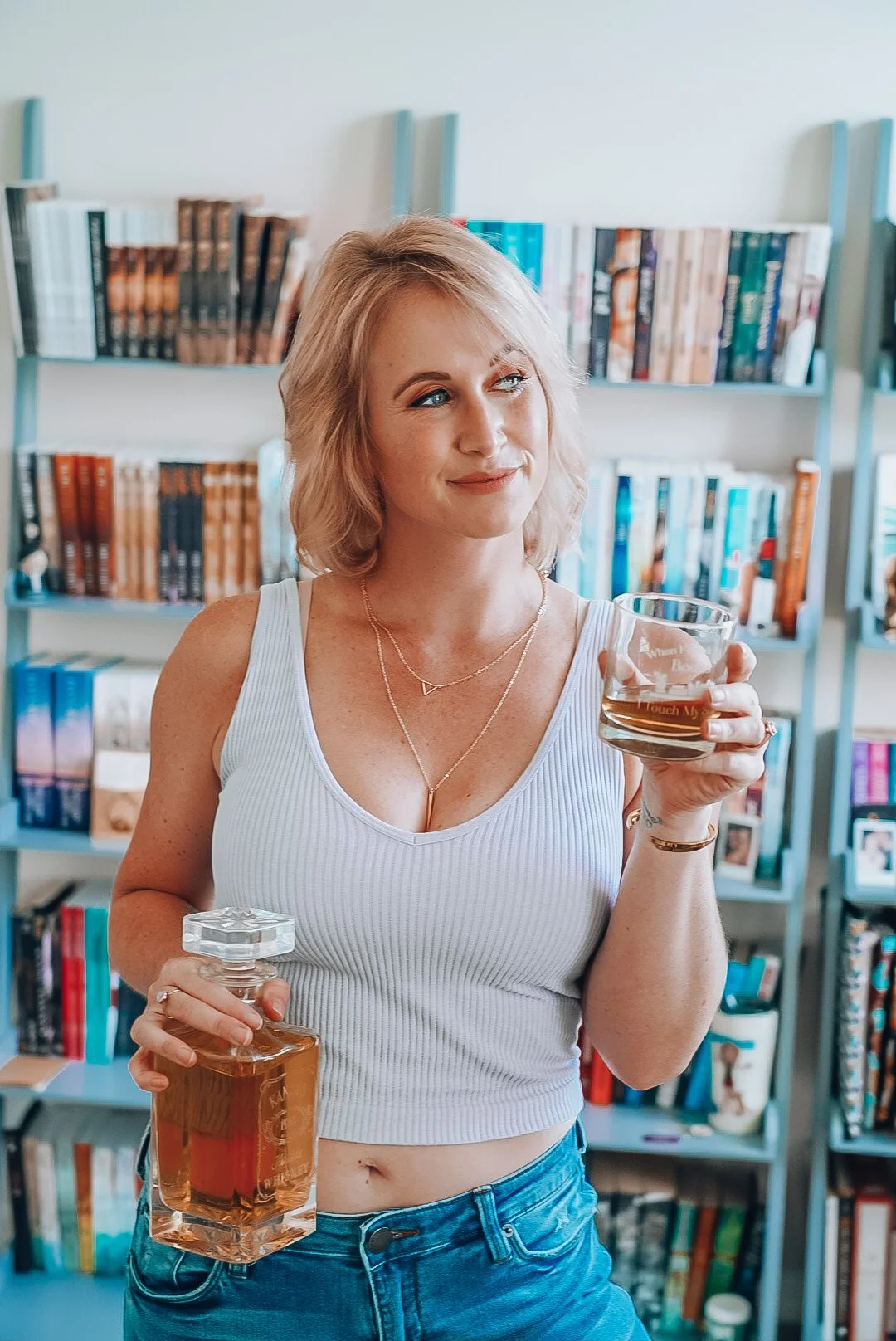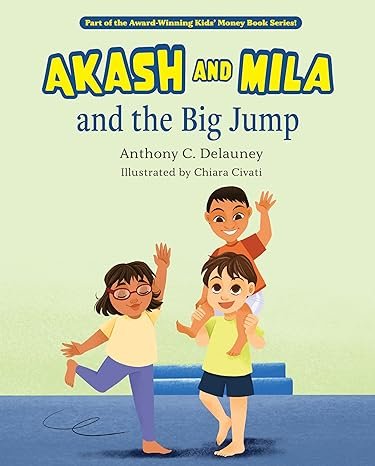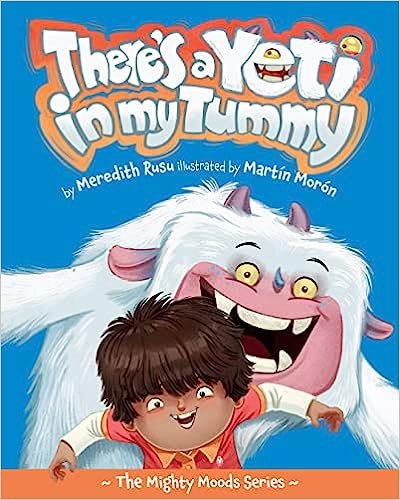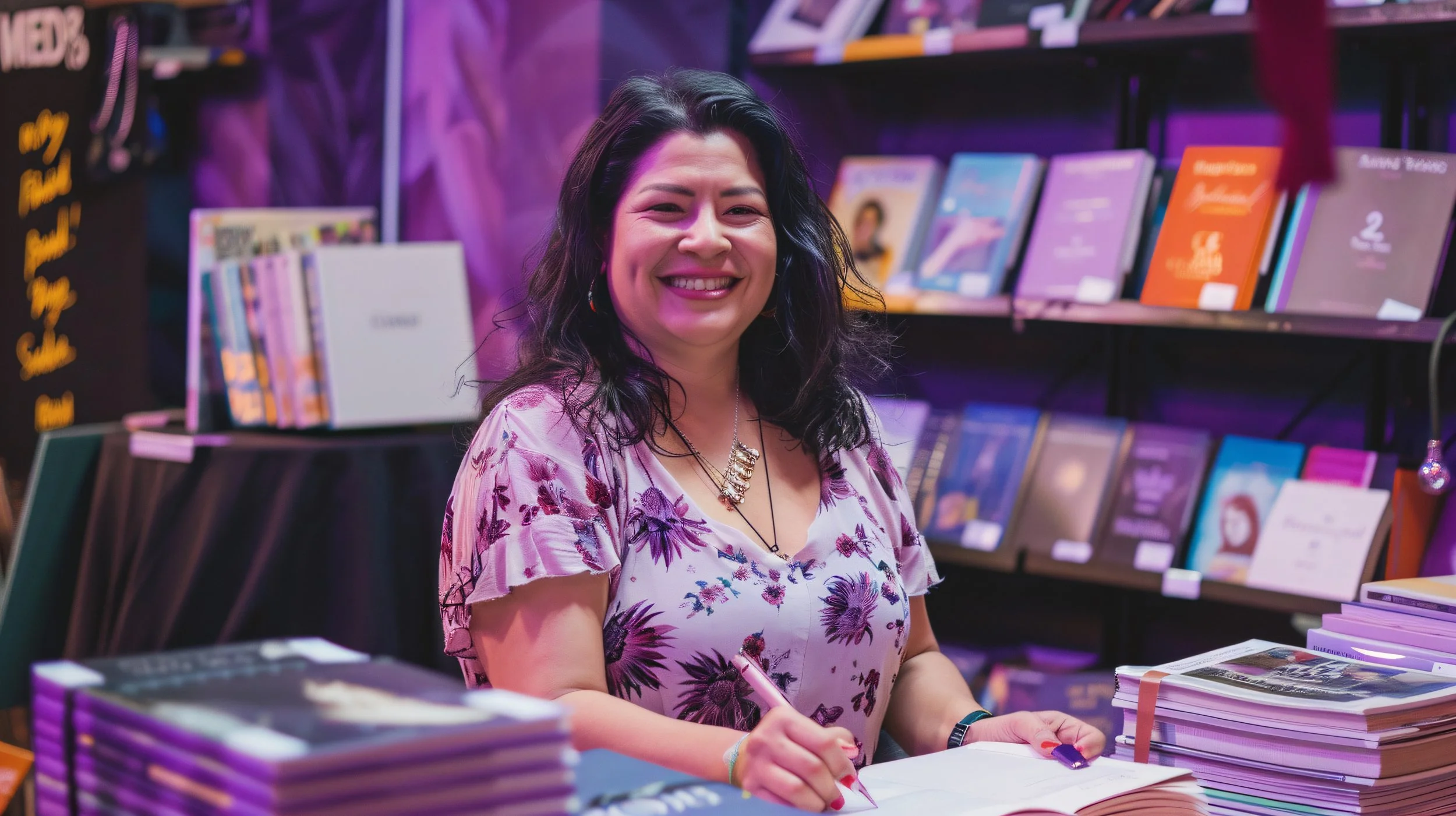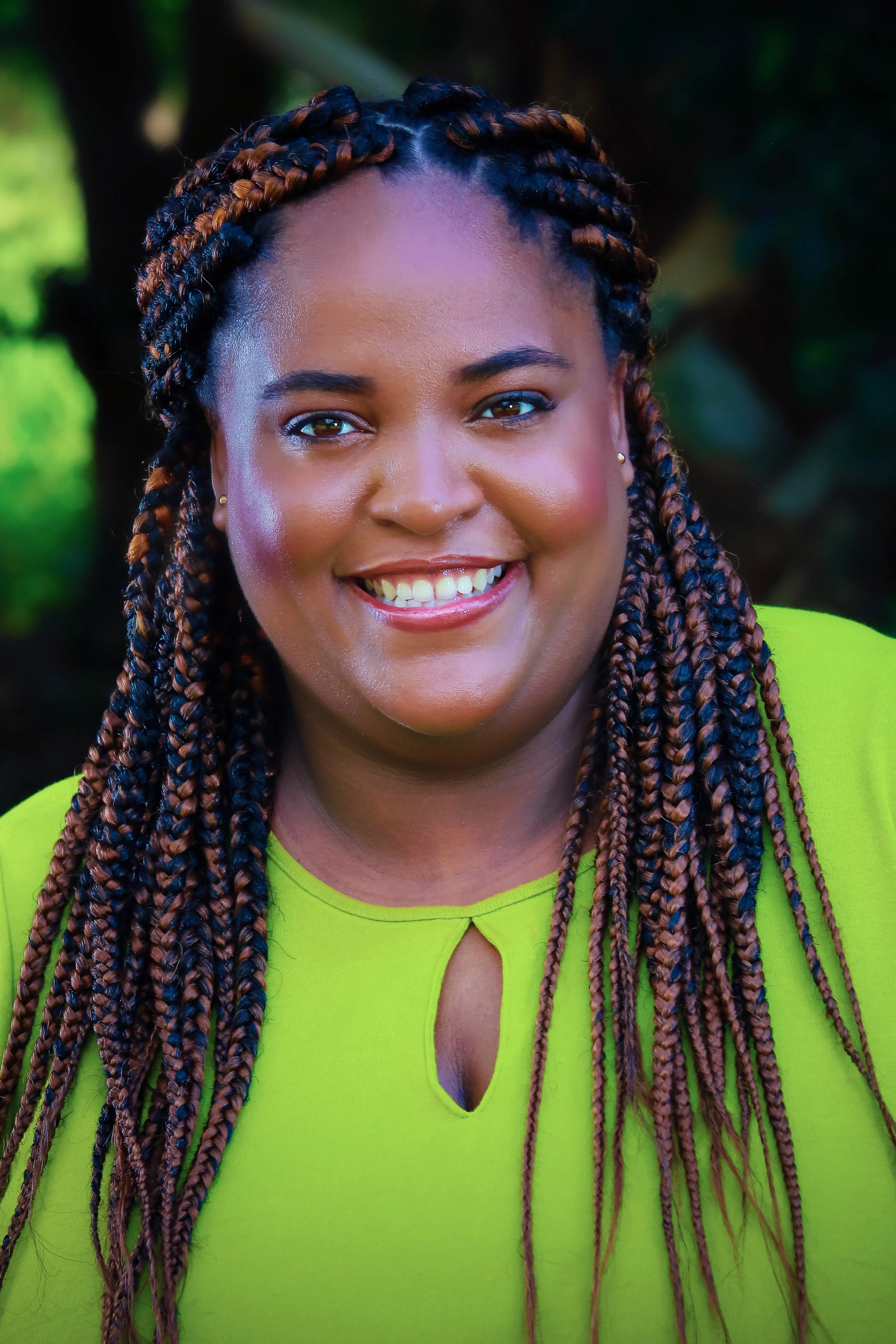As a romance author, where do you find your inspiration?
Inspiration is everywhere! I write mainstream romance, romantic suspense and Victorian romance and as romance is all about emotion, these three subgenres provide excellent story opportunities. I try to alternate the sub-genres so it keeps both my readers and I excited about the next project. I often use news stories, TV shows and experiences in my own life to develop a story. The hard part is stretching that premise to 80,000 or more words.
Out of all your published novels, which is your favorite and why?
Ooh, difficult question! My favorite is usually the latest one that’s finished, lol! If I had to pick my favorite Victorian romance, I would say What A Woman Desires because I could relate to the heroine, Monica, so much. She was driven, determined and honest and I loved writing her. For my contemporary novels, I love all of my Templeton Cove books! The Cove has become an extremely special place to me and even though I’m currently writing book eight in the series, I still haven’t finished with these fabulous characters.
What do you like to read? What are you currently reading?
I read voraciously and my favorite genres are romance, historical fiction, crime and biographies of past kings and queens of England. I am currently reading The Taming of the Queen by Philippa Gregory and A Virgin River Christmas by Robyn Carr.
What is the most difficult thing about writing romance novels?
I think it’s the same as any other novel – writing the best story you can! I have been writing novels for over ten years and each book brings a new challenge. Having said that, the best piece of advice I was ever given was to ‘give yourself permission to write a crappy first draft’. That was so liberating! My process is to come up with a premise, create my hero and heroine (and villain, if I have one) and then a 3-4 page synopsis. Once that’s done, I write the entire novel from start to finish without looking back. The hard work comes in drafts two and three!
What advice do you have for aspiring authors?
See above – the crappy first draft is a must for aspiring authors. Many would-be writers start a novel and never continue past chapters three or four. They run out of inspiration or the project feels overwhelming. I advise all writers to keep going, no matter what. Eventually, you’ll have the first draft of a finished novel which you can then alter, cut, tweak and expand upon. After that? Submit! No published writer (expect self-published, of course) came to be one without submitting their work to agents and/or editors.
What do you think makes a good romance story?
Emotion, emotion, emotion! Romances, for me, are all about the characters’ internal journeys. Whether I’m writing contemporary or historical, the characters and the emotions they experience is paramount to the unfolding of the story and the journey to happy ever after.
Your latest release, Saved By the Firefighters is a new installment in your Harlequin Templeton Cove Series. Tell us about it.
Saved By The Firefighter is book 6 in the series, but all the books can be read as stand-alone novels. This book was inspired by the loss of my beloved black Labrador. He passed away in February 2015 and I was devastated. As I view my books as an opportunity to exploring emotions and our reactions to them, I knew I needed to write something to help me through my pain and grief. Thus, I wrote a novel about loss. This is the most poignant and emotionally-charged book so far in the series and most definitely one of my favorites.
Do you have anything you can share for us to look forward to this year?
Book 7 in the Templeton Cove series, Ethan’s Daughter, is due out in August and this one is romantic suspense. I loved writing this book and combining suspense with family and new love. The heroine, Leah Dixon, has appeared in three previous books so I thought it was time I gave her a starring role!
I also have the first part of what I hope will be an Edwardian romance series sitting on my agent’s desk. This one will be shopped out market wide very soon and I am super-excited for an editor to love this book as much as I do.








